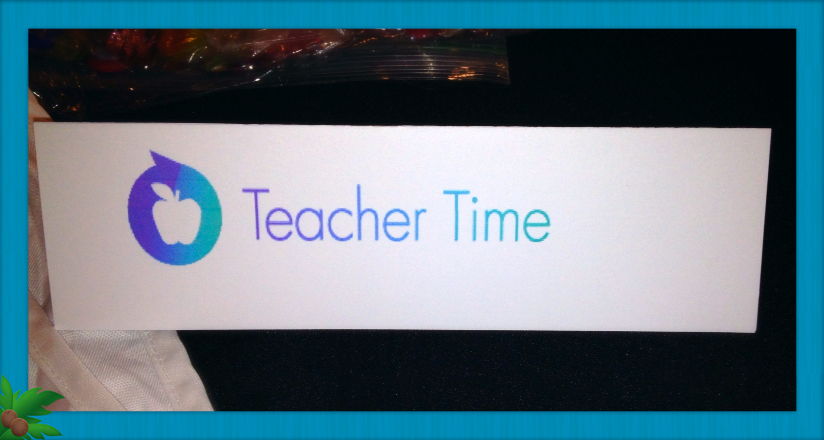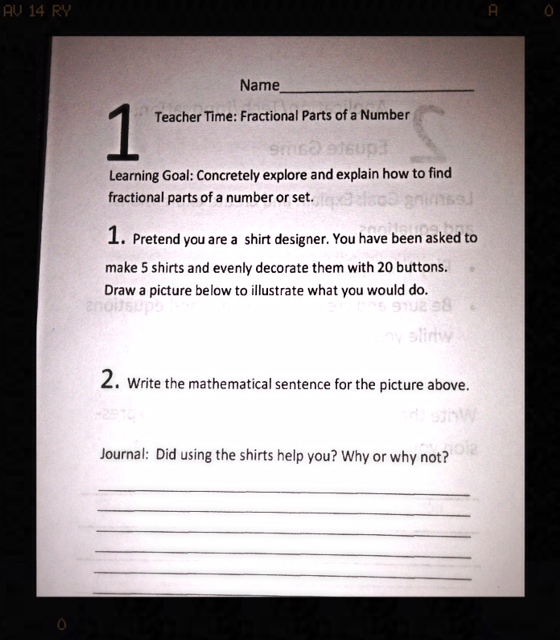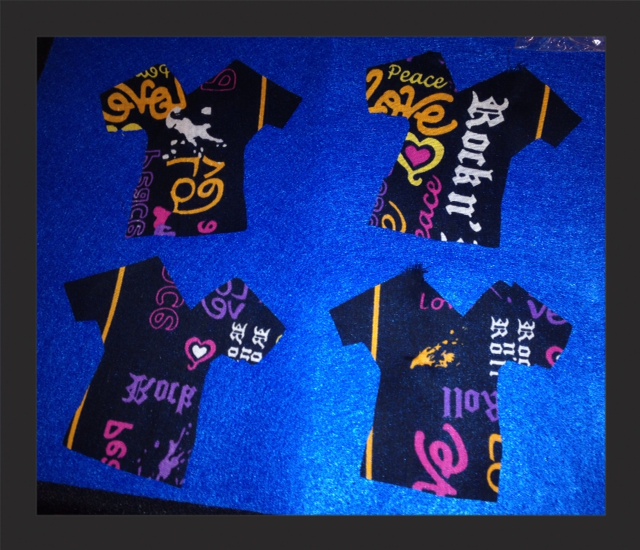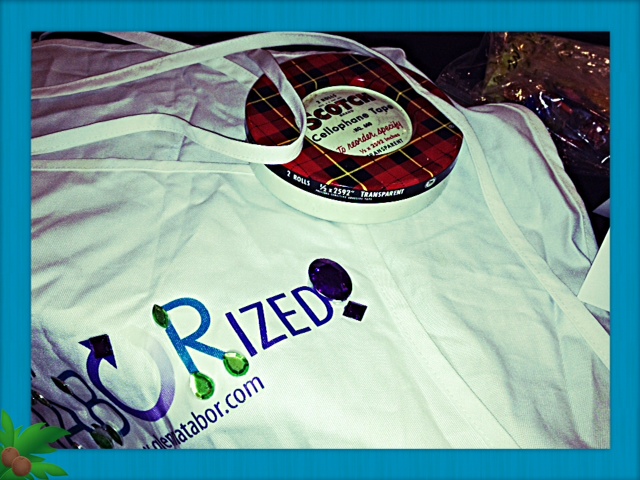The most popular math station during a week of Tabor Rotation? In every survey, formal or informal, the answer is always Teacher Time. This is the guided math station, of the Tabor Rotation Framework, where teachers plan to teach a small group of the most difficult concepts for the week. But, what goes into a Teacher Time Station?

Let’s look at the contents for Teacher Time with students exploring the concept of fractional parts of a set for the first time.
Based upon a pre-assessment given four weeks before the next fraction unit began, the data indicated that none of my students knew how to determine the fractional part of a number. A few students recalled the term reciprocal, what they called “flipping it over” and thought that you had to do something with the numbers to find the fraction. But no one really understood and could explain fractional parts of a number. This information helped me develop the content for the station activities and student passports to the stations. Passports serve as an individual accountability measure and check for understanding for the stations.

The questions included in the passport are EXIT QUESTIONS and are a bridge from the hands-on activity at the math station to the way the students will be asked the question on the state test at the end of the year. This research also helped guide the type of questioning I use at the Teacher Time Station and the questions included on the formative assessment quiz.
At the bottom of each of the pages of the passport I put the REMEMBER IT! box so that students could note the most important terms or ideas from the stations.  Kind of like a one or two-word summary. (Thanks for this idea, Natalie Eppert, who began using this with her Algebra II and Geometry students a few years ago.)
Kind of like a one or two-word summary. (Thanks for this idea, Natalie Eppert, who began using this with her Algebra II and Geometry students a few years ago.)
Next, I create pair bags with manipulatives. There are enough pair bags in the station bag for each pair of students. Since my students are going to take on the real-world role of clothing designers, they will be using buttons, bling, and tiny shirts. I also give each pair of students a rectangular piece of felt to serve as their work mat. This helps define the “personal space”of each pair of students. All of these items are available from any craft or discount store. I use bandanas for the shirt fabric.

 There are several other items that are included in the Teacher Time Station Bag. The Leader Folder is always part of the Station Bag, even when I am the one guiding the instruction at the station. This way the Leader can always help facilitate the activity and the Co-Leader can ask the Exit Questions. [For more about Leader Folders and Station Bags, read the blog posts about these critical components for successful math stations.]
There are several other items that are included in the Teacher Time Station Bag. The Leader Folder is always part of the Station Bag, even when I am the one guiding the instruction at the station. This way the Leader can always help facilitate the activity and the Co-Leader can ask the Exit Questions. [For more about Leader Folders and Station Bags, read the blog posts about these critical components for successful math stations.]

I also include a white board and dry erase marker for every pair of students and one for myself. This way I can move to the abstract algorithmic procedure or steps for determining fractional parts of a number, if and when the students are ready.
My favorite components for the Teacher Time Station for exploration of fractional parts of a number have to be my “bling” apron and my metal Scotch Tape button container. The “bling” apron shows the students that they really could take the knowledge they are gaining at the station and design clothing.
My personal button container is the most powerful tool I use at the Teacher Time Station when teaching this concept, because it helps the students connect to the concept. The Scotch Tape container was given to me by my mother when I began sewing. It was given to her by her mother, so I have buttons that are almost 100 years old and each one has a piece of my history connected to it. Before the lesson begins, I ask each pair of students to pull a button and I tell the story behind the button. The students are so engaged in the lesson at this point, that finding fractional parts of a number never intimidates them. They are already hooked and connected!
But wait…there’s more…
I move these same Teacher Time Station Components to the Technology/Innovation Station the next week. Pairs of students work together to create a script for teaching other students how to find fractional parts of a number using the same manipulatives that they used. After practicing their script, the pair records the lesson using the app, Educreation. Follow this link to watch what one pair of students recorded–it’s really amazing and completes the circle of learning for the students as they use technology to innovate and create!
Why spend the time to gather buttons, pieces of bling, and cut out tiny shirts? The “aha” moments when your students truly understand fractional parts of a number will provide the answer to that question. Besides all that, it’s ENGAGING, MEANINGFUL, and FUN? Isn’t learning supposed to be exactly that?


